16.04.2022: It’s the easter holiday, which is usually not the best time to go flying as our airfield is closed both on Good Friday and Easter Sunday. On top of that we had pretty windy weather the last few days. I none the less went flying this Saturday morning. Lommis was under a fairly low layer of clouds, which stretched into the mountains.

To the north however the weather looked much better, so I headed in that direction. I was rewarded with a blue sky over Lake of Constance.
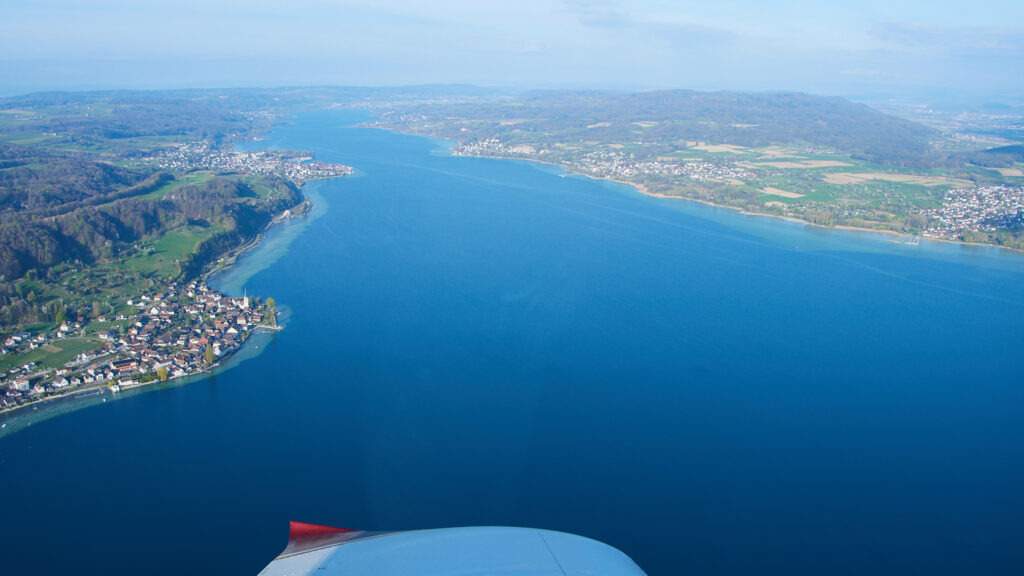
I flew along the lake, checking out the nice villages along the north shore from Berlingen…
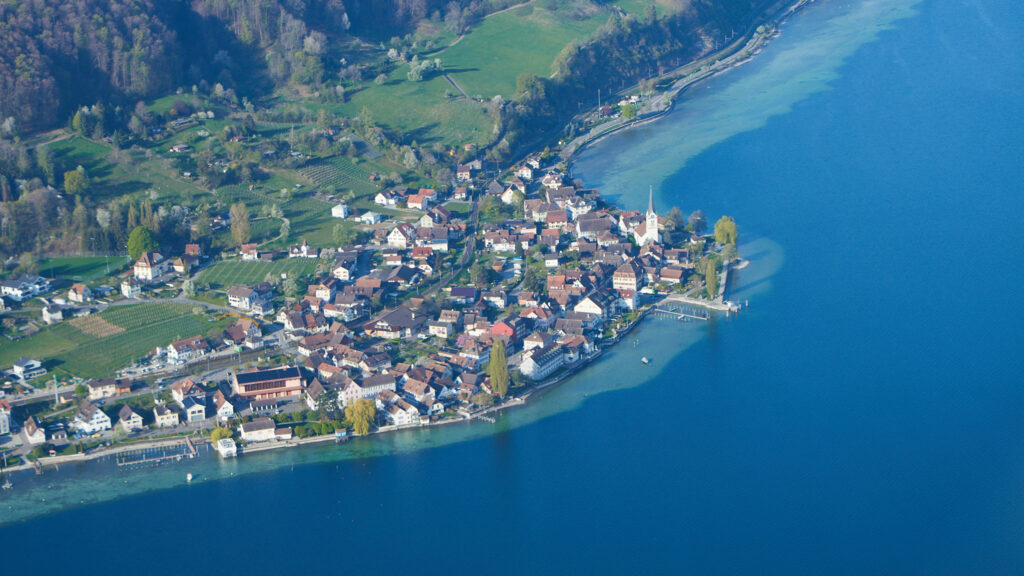
…all the way to Stein am Rhein at the end of the lake.

I all the time kept an eye on the weather over Lommis, which remained under clouds during my entire flight.

At one point my FLARM indicated a traffic below me, which was a bit surprising as I already flew pretty low and could not see any traffic, but then I noticed a helicopter which had landed somewhere in the fields.

Passing Amlikon airfield on my way back to Lommis I saw that also the glider guys had decided to give it a try, they were preparing a fair number of planes. They were right with their assessment, as the weather cleared quite soon after I had landed.
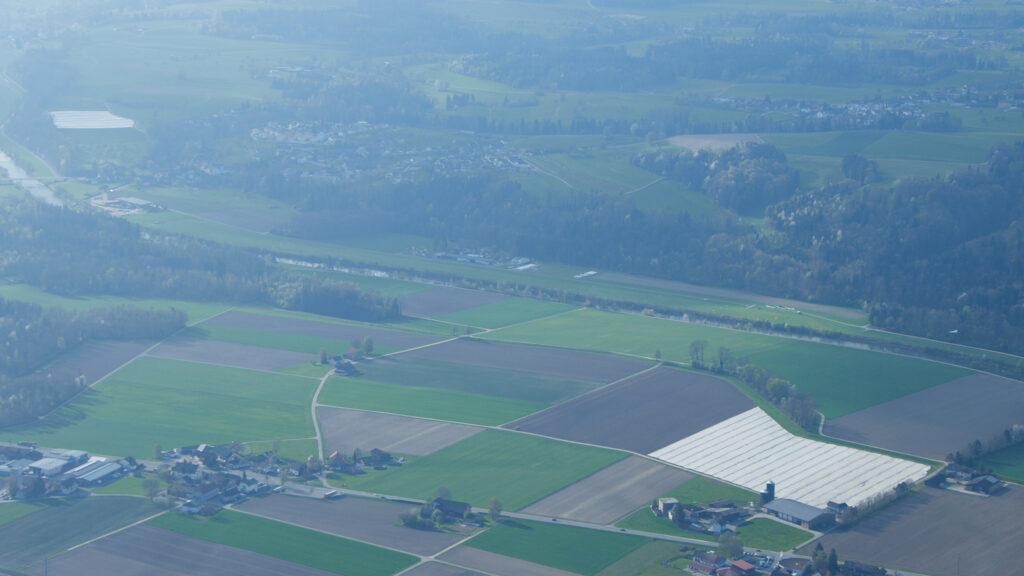
18.04.2022: I gave it a try again today, as the weather looked better than on Saturday. We had blue sky conditions in Lommis, with only a few clouds in the mountains.
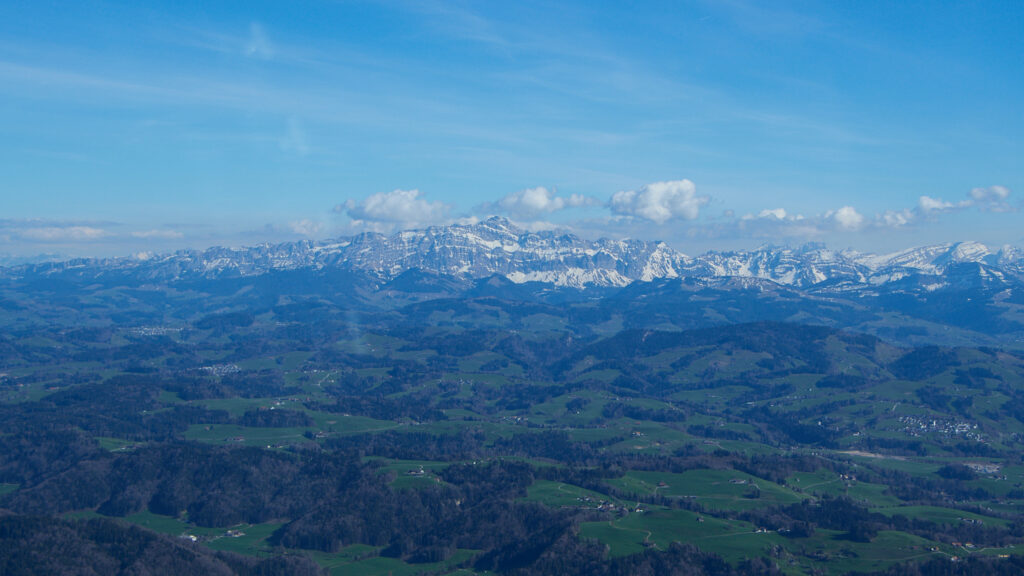

The further I flew into the mountains the more clouds there were, but still perfect VFR conditions. I like the contrast between the mountains and the clouds, that’s often nicer than just having an all blue sky.




As on most of my flights into the mountains I passed the Säntis on my way back towards Lommis, flying as usual at around 9’000 ft. That’s around 800 ft above the antenna and 1’000 ft above the mountain itself.
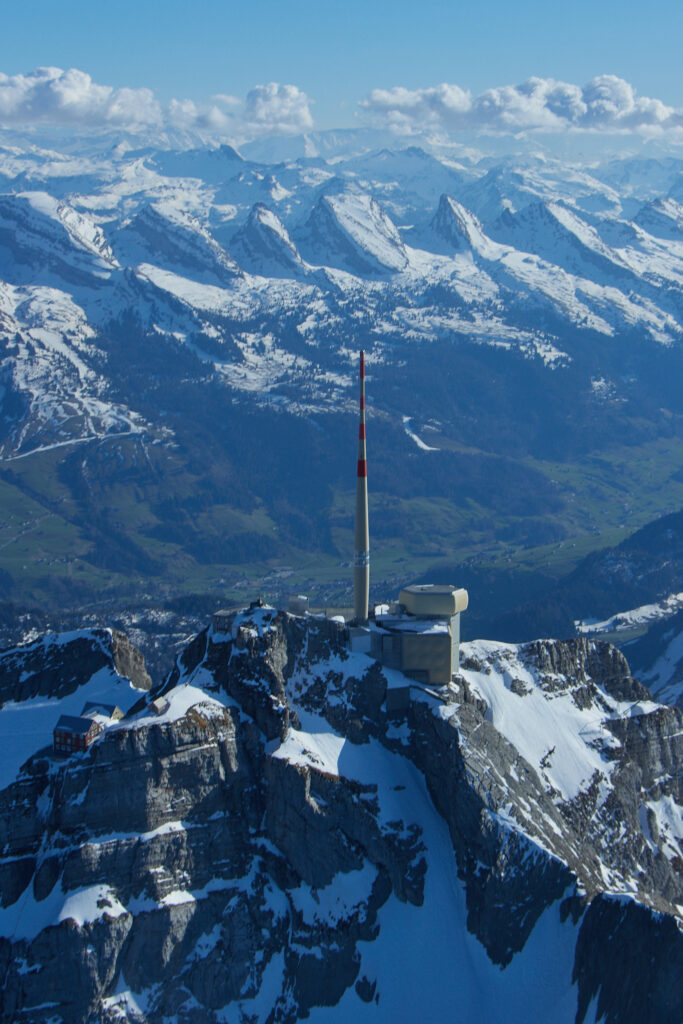
From there it is around 20 miles to Lommis, or 10 minutes of flight. Descending from 9’000 ft to 3’500 ft at Sector South results in a descend rate of 550 ft/min, just slightly more than the standard descend rate of 500 ft/min.

24.04.2022: It’s soon time for Aero again, the general aviation fare in Friedrichshafen, and as nearly every year a friend from Denmark is visiting us for a week so that we can visit it together. This year the weather was pretty poor, so we were looking for some aviation related things we could do indoors. Searching on Google for museums I found one in Villingen-Schwenningen called “Internationales Luftfahrtmuseum”, which is around a one hour drive from where we live. It opened in 1988 and houses the collection of a guy called Manfred Pflumm, who restored aircraft for other museum for many years. He died in 2017 at the age of 82, but his wife and Family try to keep the Museum open.
The museum houses around 40 aircraft, of which some have been damaged years ago in a hail storm, but there are quite a few rare ones which I have never seen before. Some are housed in a large, purpose built hangar, including several unique homebuilts.

Below a view from a vintage airstair over some of the planes parked outside, with the purpose built hangar in the background. The helicopter in the foreground is a Saunders-Roe C14 Skeeter Mk.12, which is a development of the original Cierva Skeeter from the famous autogyro manufacturer Cierva, which they took over in 1951. It was the first helicopter type used in the British Army, but only around 90 seem to have been built. On the left of it an English Electric Canberra bomber, which was used in Germany for target towing, on the right a Mig-15.
Below a look into the hangar from the front entrance, with two unique homebuilts visible. The one hanging from the roof in front is a Helmut Vogt LO-120S, a Hirth 2704 or Rotax 503 powered two seat motorglider which the designer managed to get into kit production around 1985. Around 20 seem to have been built, according to one source.
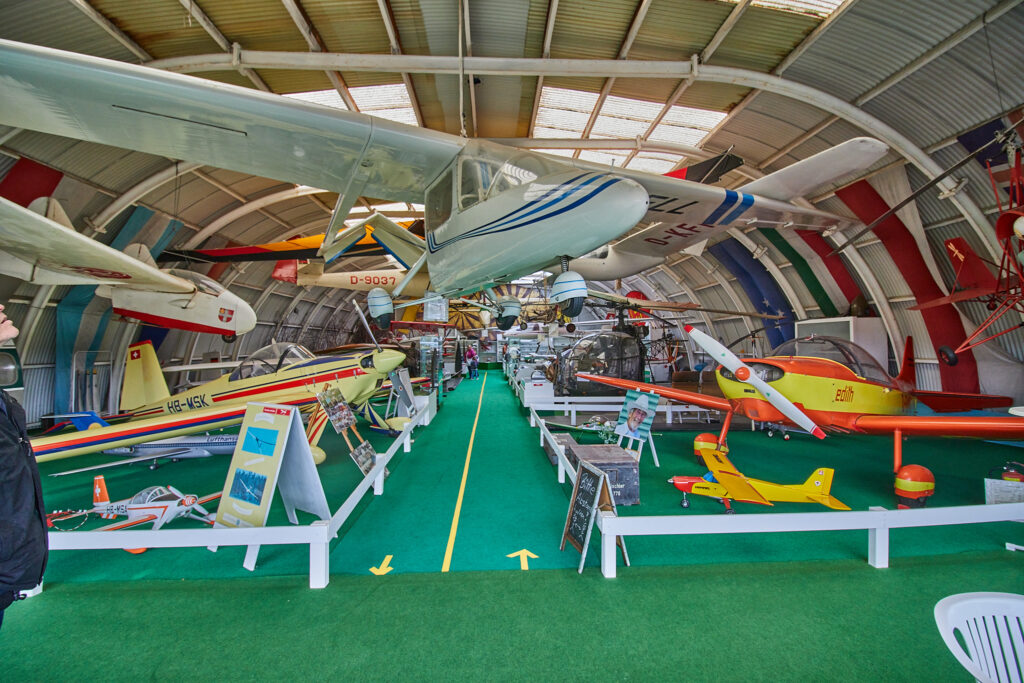
The second one, which can be seen on the picture below, is a Fischer Brause 35, D-EAFB.

The tailless gilder hanging from the ceiling, which can be seen on both pictures, is a Fauvel AV.36. The first prototype flew in 1951, more than 100 seem to have been built from plans. There was also a powered version.
There is another unique, “tailless” motorglider, an Akaflieg Stuttgart FS-26, D-KFFS, powered by a 26 Hp Solo Hirth engine, which first flew in 1970. It is not fully tailless, as there are two vertical stabilisers directly attached to the wing, which are connected on top with a horizontal stabiliser. It is the only prototype ever built. According to the website of the Akaflieg Stuttgart it is exhibited in the German Glider Museum at the Wasserkuppe, which does not seem correct.

There is also a homebuilt helicopter, a Mifka Mi-1 Lena, D-HMIA, built in 1985. It is powered by a 115 hp Wankel engine. From the description in the museum it is however not clear whether it ever flew, it says that flight testing will commence in 1995… A Robinson R44 is today registered under the same callsign.

27.04.2022: Finally it’s time for Aero again. After the exhibition had to be cancelled during the last two years due to Covid, it could finally take place again this year. As usual my friend and I went there by train to Romanshorn and from there by ferry to Friedrichshafen. As every year we already meets a lot of people on the ferry.
What finally turned into a very nice day started with a low layer of clouds, as can be seen below.
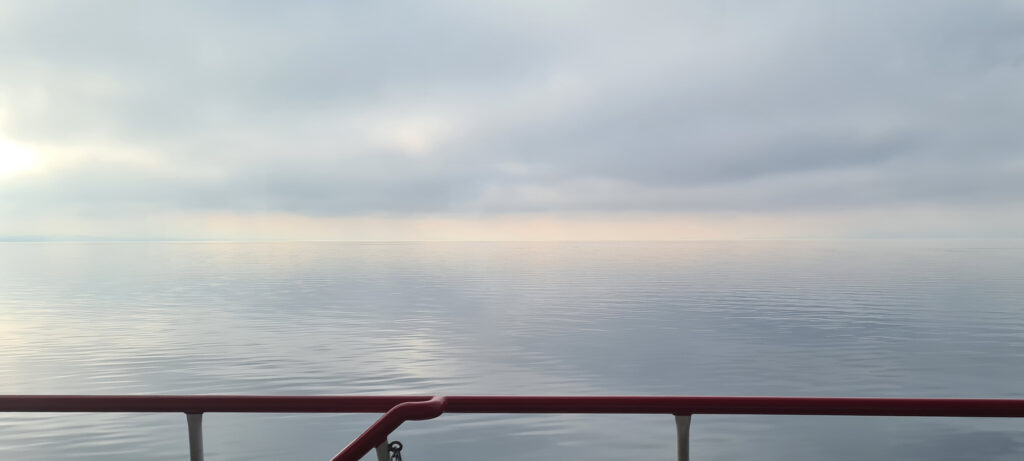
At the other side of the lake in Friedrichshafen the sun was however already out.

One of the first booths we passed was the one of Junkers, a company which is producing replicas of original Junkers designs. They started with the F13, but have now expanded with the Junkers A-50 Junior, which is being certified as UL with 600 kg MTOM and powered by a Rotax engine. Above the A-50 is a side by side version of the A-50, which never existed. They recently announced that they intend to restart production of the Ju-52, but with modern engines.

Going through the exhibition I noticed two trends in general aviation planes. They either go hybrid / electric, or use small propeller turbines, which are two contradicting trends. Going hybrid / electric is definitely an attempt to go greener, while the turbine trend is rather the opposite, as small turbines are extremely inefficient engines. Bristel even exhibited both versions, a Turbine Bristel as well as an electric version.


A manufacturer called Turbotech exhibited a turbine with a kind of heat exchanger attached, which shall bring the same fuel efficiency as modern (Rotax) piston engines. It is going to be interesting to see whether their claims can be met, which are a 3000 h TBO with a 58 kg engine (80 kg installed weight) and a fuel consumption of 15-22 l. Considering the difficulty to obtain Avgas in many regions that would indeed be an alternative for some applications.


The VL3 Evolution shown below is equipped with the Turbotech turbine, there is even a youtube video of its first flight.
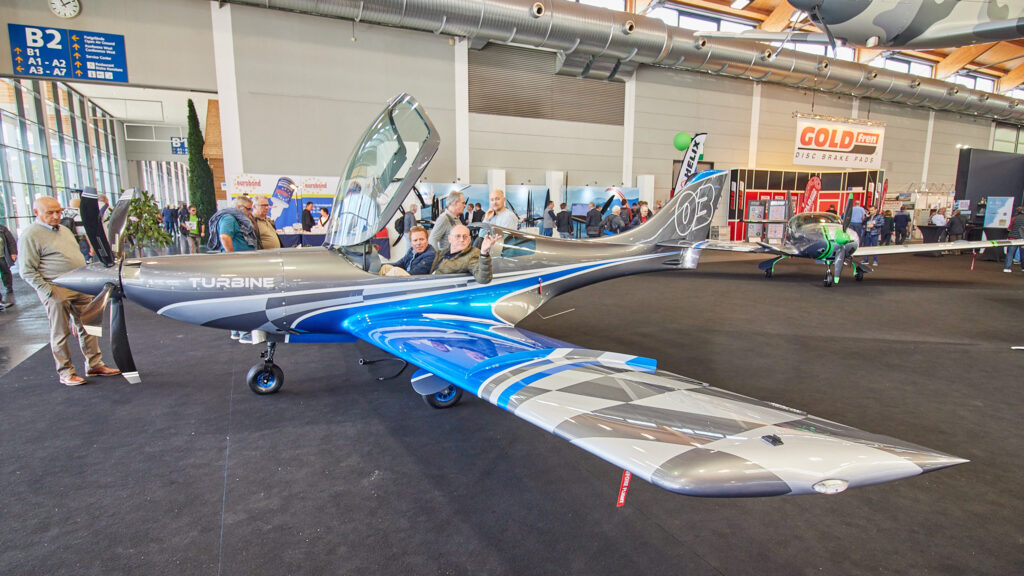
I also saw several hybrid engines, either to boost power during takeoff, such as the one from Xaeros, which shall also permit to take off only with electric power….

…or the one from Rolls Royce, which is purely a generator to power electric motors. Also the above mentioned turbine from Turbotech is available in a generator version.

Finally, there are always some weird concepts being shown at Aero, usually with big fanfare and extremely optimistic claims, despite some obvious drawbacks. The Seagull from Novotech looks like being one of them. Despite the claim of being an Urban Air Mobility Platform it is nothing more than a straight competitor of Icon A5 from the US, the Flywhale from Germany (which has recently been taken over by Dornier Seawings), the Seamax from Brasil, the ATOL from Finland or the Lisa Akoya from France. Apart from the Seamax, they are all years behind their originally published development schedule and much more expensive than originally promised. They all try to build a two seat, Rotax powered seaplane in the LSA category. The only “new idea” I can see in the Seagull is the ability to fold back the wings when approaching land, which shall make it possible to use standard boat moorings. I however wonder how the plane behaves on the water with the wings folded, even the lightest wind will make manoeuvring very difficult. In addition, mooring next to board, which might being pushed against the plane would immediately destroy it, fenders won’t help.
The biggest problem of all of these planes, however, are useful load and price. Seaplanes are by definition heavier than landplanes, and also more costly, and more difficult to certify. According to the technical data I could find, the Seagull shall be certified as UL with 650 kg MTOM, with an empty weight of 450 kg. That results in a useful load of 200 kg, which leaves around 70 kg for the passenger plus baggage, with fuel for only three hours and an 80 kg pilot. Flywhale, Seamax and ATOL claim 140kg for passenger plus baggage under the above conditions, which is about the same as my SportCruiser, the Icon A5 only 65 kg.

28.04.2022: The weather finally improved also on the Swiss side of the lake, so today my friend and I went flying. We decided to start early in the morning, and were rewarded with a blue sky in Lommis
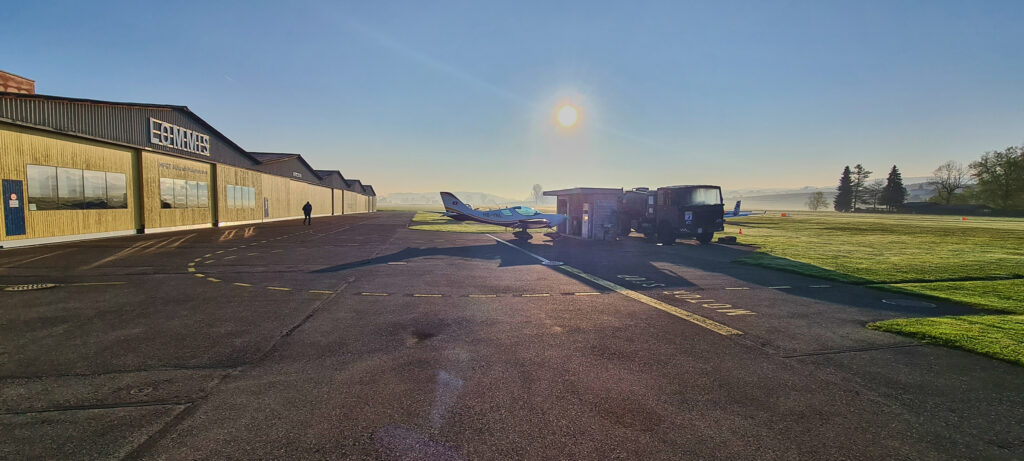
There were still some low clouds towards the moutains, which looked more like autumn.

Already past the Ricken pass all traces of low clouds were however gone.

Below the town of Brunnen on the Lake of the Four Cantons, seen between the two Mythen mountains.

Buochs, Alpnach and Meiringen CTRs were all active, so lot’s of talking to ATC. We then climbed toward the Jungfrau Joch…


…which we passed at around 12’500 ft. From there we could see Matterhorn at a distance of around 60 km / 33 mil.

As usual, the Po plain in northern Italy was under a layer of clouds,

From around Brig we tunred back, flying east along the alps and then back to Lommis.